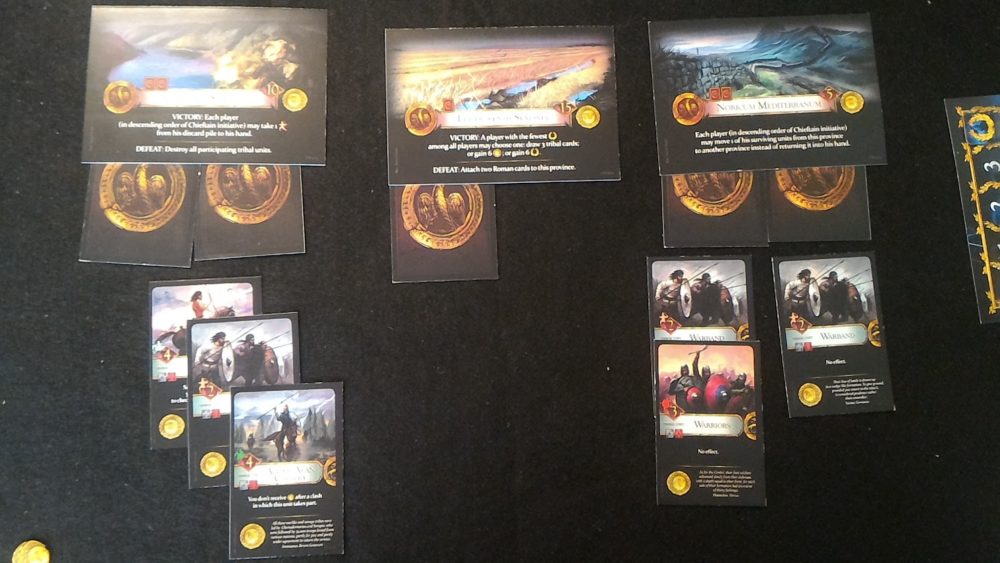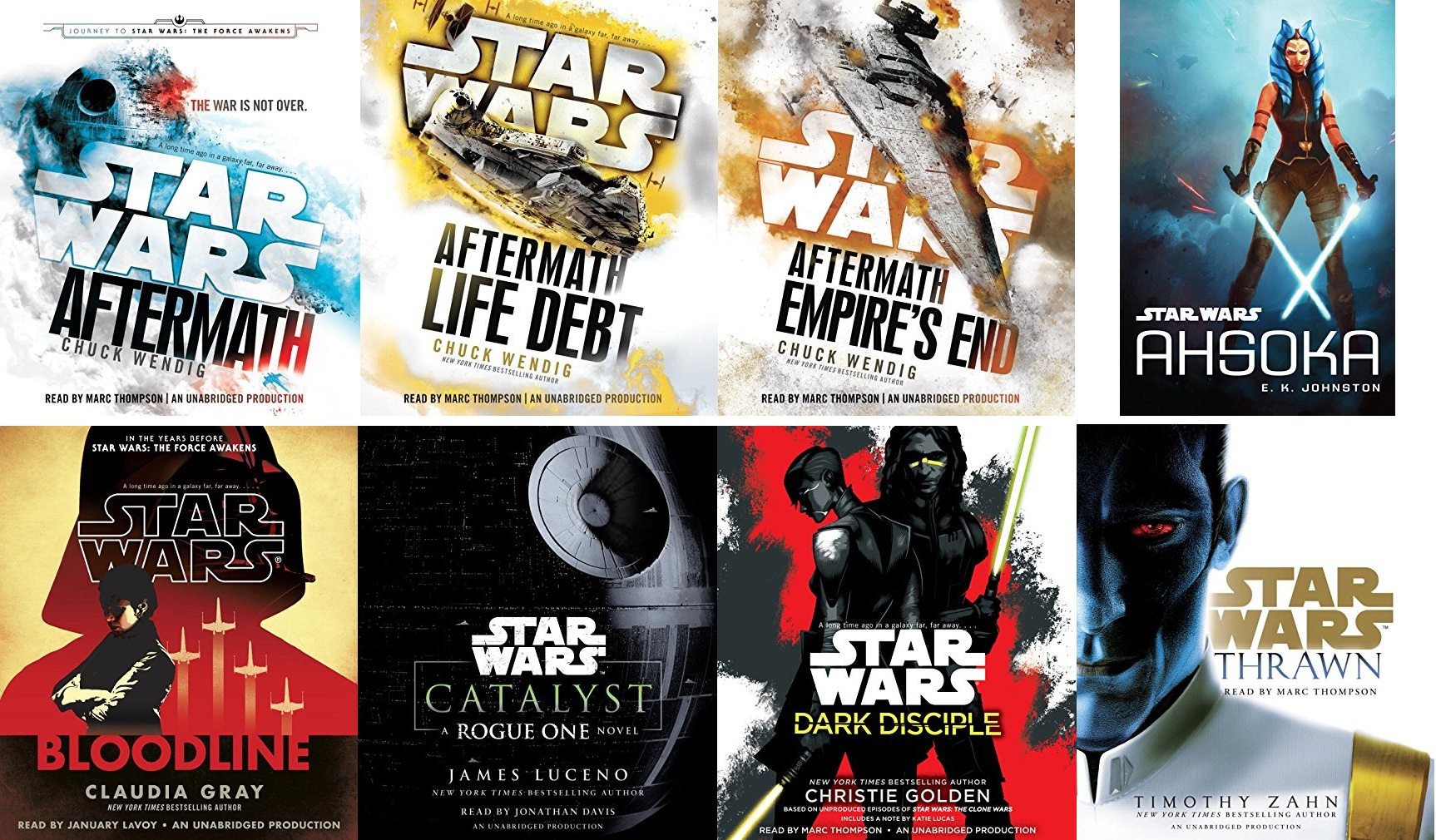 Germania Magna: Border in Flames is an impressive game that is looking for funding on Kickstarter, right now. I don’t have as much Kickstarter experience as some of the other GeekDad contributors, but Phalanx, the team behind Germania Magna are running one of the most impressive campaigns I’ve seen. One worthy of their excellent product. At the time of writing, there is a week remaining on the campaign, and they have already reached their modest target.
Germania Magna: Border in Flames is an impressive game that is looking for funding on Kickstarter, right now. I don’t have as much Kickstarter experience as some of the other GeekDad contributors, but Phalanx, the team behind Germania Magna are running one of the most impressive campaigns I’ve seen. One worthy of their excellent product. At the time of writing, there is a week remaining on the campaign, and they have already reached their modest target.
New to Kickstarter? Check out our crowdfunding primer. For other projects we love, visit our Kickstarter curated page.
At a Glance:
Germania Magna is a card game for 2-4 players, where each player represents a Germanic warlord, battling for survival on the fringes of the Roman Empire. Together, players lay siege to Roman outposts, but only one may take the glory. In the game, players form shifting alliances to help meet their goals, but when the time arises, they must be ready stab their allies in the back.
I haven’t had a huge amount of time to play Germania Magna, as I have only just received a copy, but the combination of simple rules, intriguing gameplay, and beautiful artwork make it an impressive game. Better yet, it comes in at the very low price of £15 ($20).
Subtitled “Border in Flames,” this box is “vol 1: West German Tribes.” Thanks to its evocative artwork, Germania Magna wears its historical robes well. The game is thematically very strong.
Game Components: (Note: I received prototype versions of the components. Artwork is close to final, but the card stock is not representative of the finished product.)
40 Loot Counters – AKA money
8 Glory Makers – For measuring glory on your…
4 Glory Boards – Glory is essentially victory points.
15 Province Boards – These are the Roman lands you will raid.
93 Tribal Cards – With which you will build your tribe.
15 Roman Cards – These will thwart your plans.
8 Chieftain cards – Germanic chiefs that will aid your cause.
4 Player reference cards.
2 Six-sided Dice.

How to play.
The rules (available to download here) are very comprehensive, so I won’t repeat them, but here is an overview of the gameplay.
The game opens with two Roman settlements (Province Boards) in play. By defeating these settlements you will gain all important “Glory.” Players can team up to defeat settlements, but crucially, the person who donates the most “Military Strength” to the assault will win the most Glory.
Province Boards are drawn randomly. Each province has its own military strength score that must be overcome by the attacking tribes’ warriors. The provinces’ military strength vary, the weakest being 5, the strongest 25. Overcoming provinces with higher MS brings higher rewards. More glory, more loot. One key point is that each Province Board has 1 or more “Roman Cards” placed face down underneath it. These give the Province extra Miltary Strength, that remains hidden from the players right up until they attack.
For each turn of the game, player order is determined by the initiative given on the Chieftain card. New Chieftain cards are drawn every turn.
The main phase of the game is called the Deployment Phase. In this game, in initiative order, players take turns in deploying Tribal Unit cards (and also complementing these with Strategy and Tactic cards).
Tribal Units are placed against provinces. They can be stacked to form a “Horde,” in which case their Military Strengths stack. Two (or more) players can put Units against the same Province. In this case, the Hordes are kept separate, but the Military Strengths for each are combined for the assault on the Province.

Players can keep deploying cards for as long as they have money to do so (better units cost more money). Once a player has passed they cannot play any more cards. The deployment phase continues until all players have passed.
The final phase is the Clash Phase, when the the Hordes attack the Province. Combined Military Strengths of all Hordes are compared with that of the Province they are fighting. If the Hordes’ Military Strength total is higher, they win. If not, they lose.
If you win, you take the spoils. If you’re attacking solo, you take everything. If there are more than one player attacking, you get both get the same amount of Loot, but the Glory is split, with the person who contributed most of the Military Strength taking the lion’s share. You then have to check which units survive. Surviving units are returned to your hand. Destroyed units are discarded.
Don’t forget that the Provinces also have secret reinforcements from the hidden Roman cards. These can contribute anything from 0 to 6 Military Strength, so you have to be careful which forces you commit. Losing can be catastrophic; you win nothing and have to check to see if your units are destroyed, but with quite a hefty penalty, making survival far from likely.
If a Province is defeated it is discarded, and a new one dealt to replace it. Once 6 Provinces have been discarded, the game is over. The player with the most Glory at this point is the winner.
The Tactics:
The tactics in this game are great and are what make it such fun to play. You have to work together. It’s almost impossible to defeat the bigger provinces on your own, but you want to try to make sure you’re the person who picks up most of the glory.
There are various cards that effect Military Strengths and outcomes, and just when you think you’ve got enough to do what you’re trying to do, another player can throw a spanner in the works. Suddenly you might find yourself underpowered and facing unit annihilation, or perhaps somebody contrives to sweep the Glory out from under your nose.
You have to trust in order to succeed, but trust too much and you’ll find yourself lying in the dust. Despite this, the level of betrayal is never too bad. You can quickly rebuild to fight another day, and more often than not, in the games we played, betrayal was a double edged sword. Both players suffered, but one more than the other. I’ve not had the opportunity to play with more than two players, but I imagine the jockeying for position with four players will cause some fascinating ebb and flow.

The artwork:
I love the art in this game. It’s so evocative. The Phalanx artistic team have completely nailed the historical period.
The Verdict:
I love everything about Germania Magna. Everything seems to work. There is great attention to detail throughout the game. The player aids give you the information you need. The rules are quick to pick up and make sense. The theme is consistent and extremely appealing, and the tactical elements of the game are innovative, simple to comprehend, and myriad in the ways they can be executed.
Phalanx clearly has plans for their game, with two expansions on the way that fit the theme and expand upon its historical elements. On the strength of Border in Flames, new arenas to battle in would be very welcome. Marry all this with a quick delivery time and a very affordable pledge bringing the full game home, backing Germania Magna feels like a no-brainer. Hurry, though, there’s less than a week of the campaign left! 
Disclosure: I received a prototype version of Germania Magna in order to write this review.




